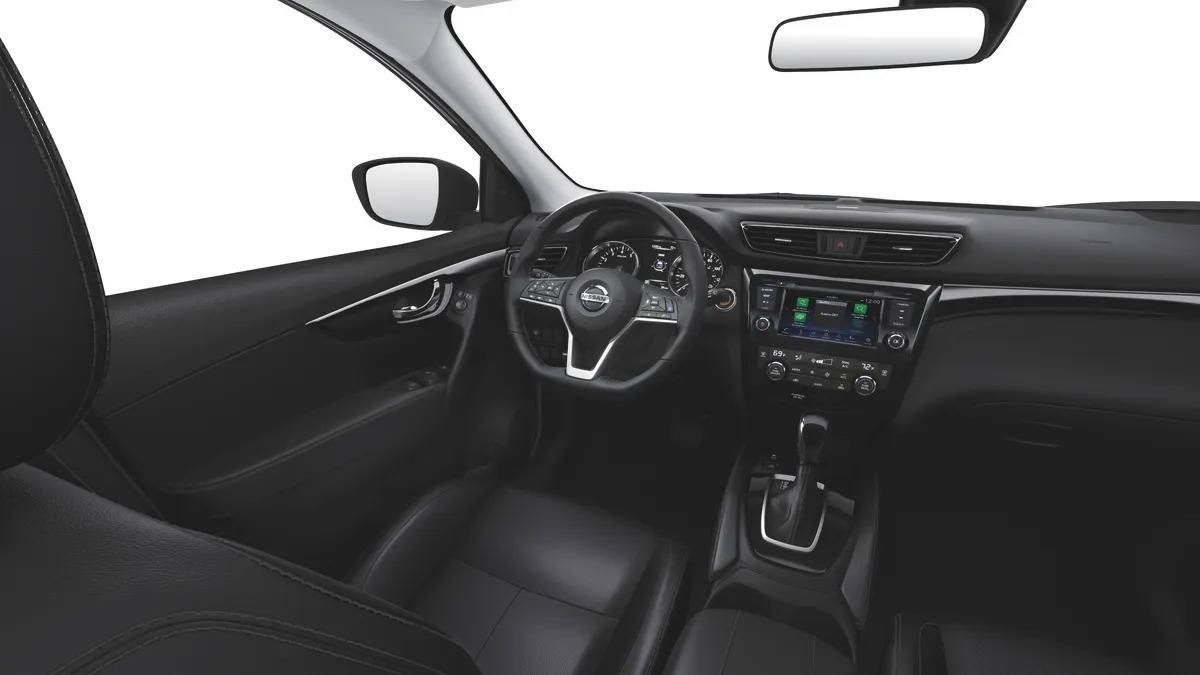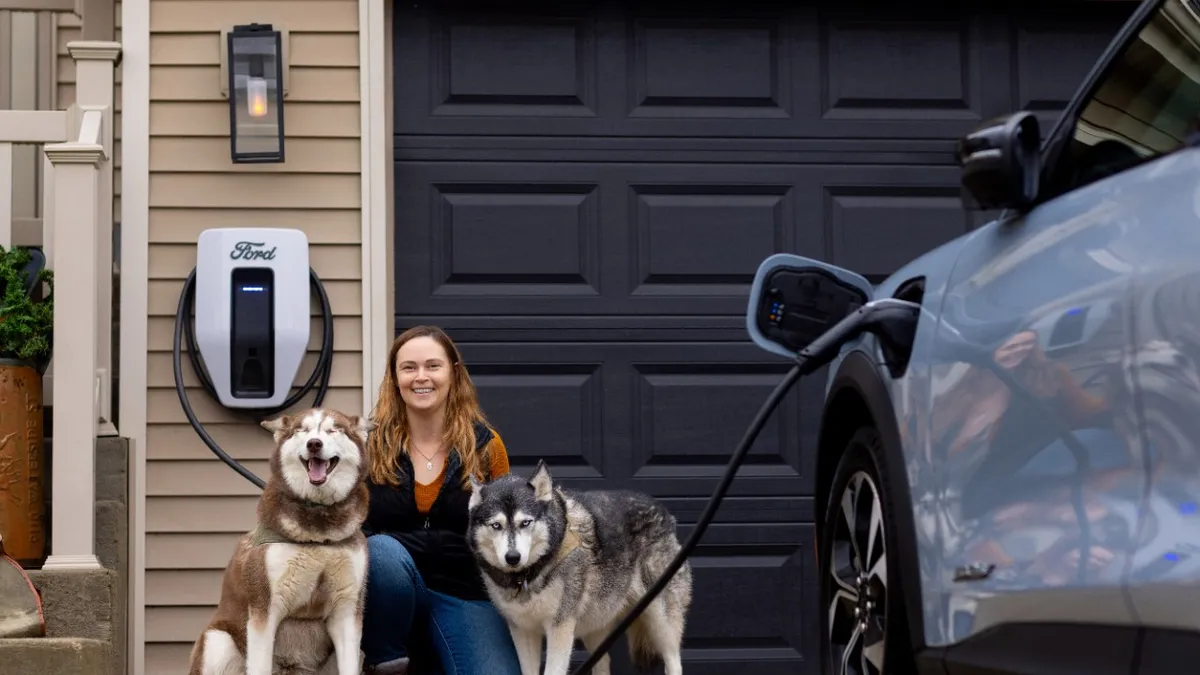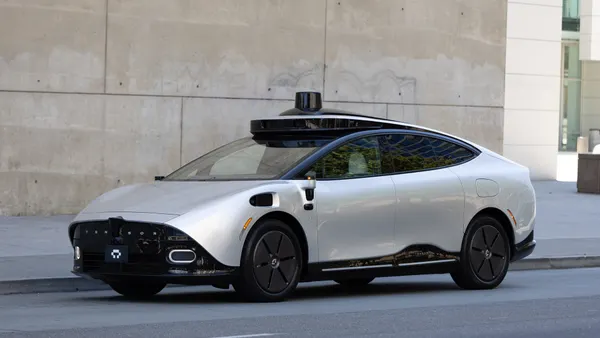Partial automation systems can “encourage a false sense of security” in drivers, possibly allowing them to be more easily distracted from keeping their eyes on the road, according to a report released July 11 by the Insurance Institute for Highway Safety and the Highway Loss Data Institute.
Partial automation systems usually include at least two key components:
- Lane-centering technology that uses cameras and sensors to keep a vehicle centered within the lane; and
- Adaptive cruise control, which keeps the vehicle at a speed selected by the driver and automatically slows or accelerates to stay within a certain distance from other vehicles.
But according to the report, there is little evidence that such systems are preventing crashes, and as such partial automation systems are not equivalent to safety features like automatic emergency braking, blind spot warning and lane departure prevention.
“Automakers, regulators, and consumers should think of these systems as convenience features, not safety features,” Jessica Cicchino, senior vice president for research at IIHS and author of the report, said in an email.
To investigate the effectiveness of partial automation systems, Cicchino analyzed insurance claim and crash data for model year 2017–2019 Nissan Rogues and model year 2013–2017 BMW vehicles. Each of these vehicle models employs partial automation, Nissan through its ProPILOT Assist and BMW through its Driving Assistant Plus.
The Highway Loss Data Institute examined these vehicles in a 2021 report focused solely oninsurance claim data. But with no way to filter data by the type of road on which the crash occurred, the analysis included the highway crashes that partial automation is designed to prevent as well as low-speed crashes on residential roads where partial automation would likely have been turned off, thus limiting the report’s conclusions.
This year, IIHS expanded upon the HLDI research by including police-reported crash data, which allowed the analysis to filter all but the crashes that could have been prevented by partial automation: rear-end crashes and lane departure crashes.
The study found that BMWs with Driving Assistant Plus were not associated with lower crash rates than BMWs with just the safety feature of lane departure prevention. Nissans with ProPILOT Assist did have lower crash rates on limited-access roads than Nissans with just lane departure prevention and automatic emergency braking features — but the effect persisted on roads with speed limits under 35 miles per hour, when ProPILOT Assist is unlikely to be engaged, suggesting another variable may be at play.
While many car manufacturers do emphasize that partial automation systems are not intended to boost safety, "the message is not always making its way to consumers,” Cicchino said.
“It is crucial that users understand that these systems are not doing the driving for them,” she said.
The IIHS recommends safeguards such as driver monitoring cameras or attention reminders.
“Manufacturers should design partial automation with safeguards in place to keep drivers focused on the road, like those IIHS promotes through our ratings program, to decrease the likelihood that they misuse the systems by becoming complacent or distracted,” Cicchino said.













